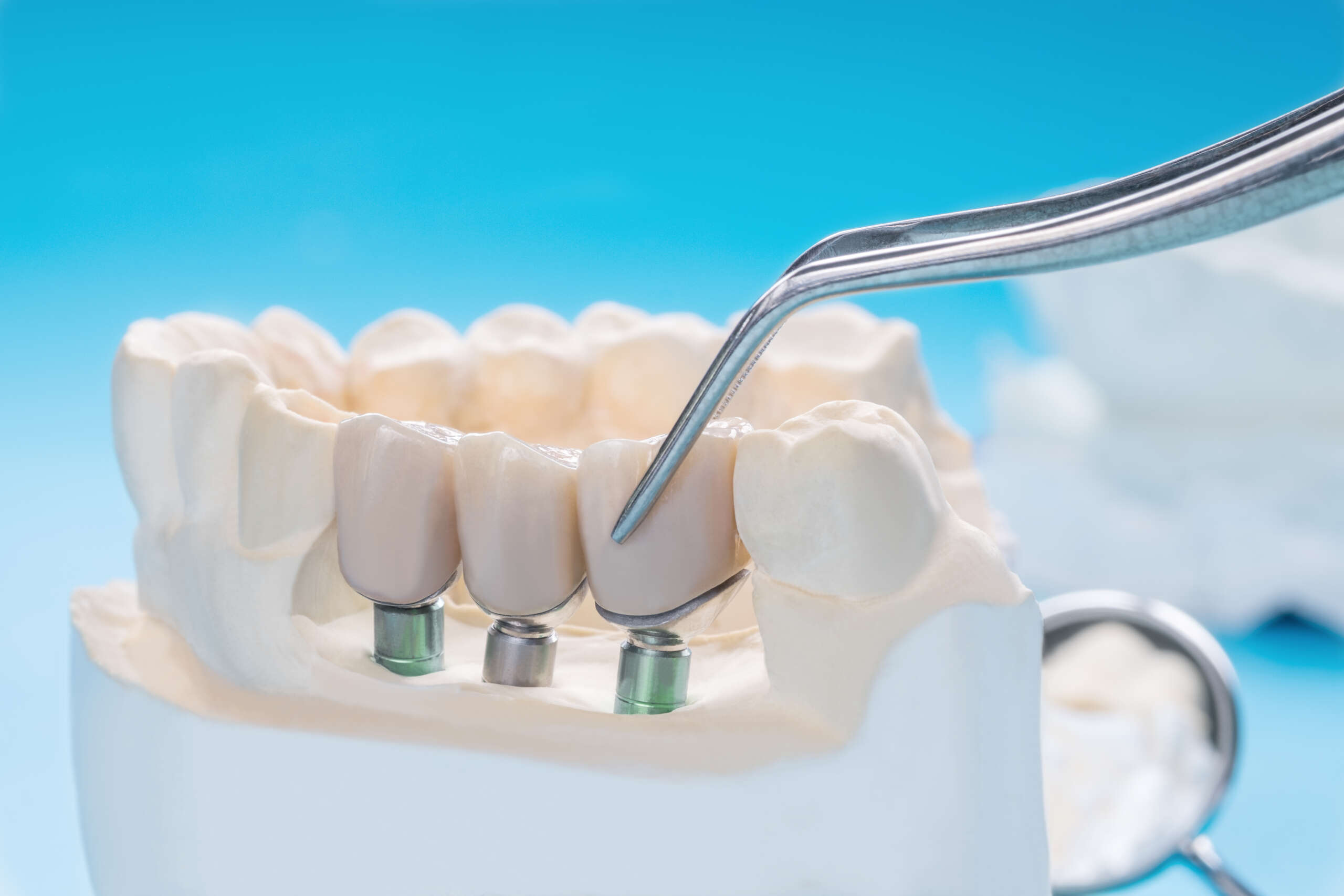
A beautiful smile brightens your face and makes it appear more attractive. Teeth that are completely white make your smile look lovely and give you confidence. If you’re looking for another way to make your smile more fashionable, consider having it blinged.
As we all know, braces are becoming more popular, and tooth jewels or gems are becoming more popular as well. A small diamond or precious metal appeal can be glued to a tooth and left there for as long as you need it. One of the advantages of using dental bonding materials is that they do not cause any long-term modifications to your teeth. As a result, it is completely reversible. You can have an appeal that represents your birthstone, favourite colour, or a pastime or aspect of your personality.
Colorful crystal glasses put on a thin aluminum foil that can be used on the teeth are known as tooth gems. Dental jewelry implantation, unlike body tattoos and piercings, does not require any intrusive procedures and is thus considerably safer. There is no need for drilling, suffering, or additional maintenance when they are installed. Even for special events, these jewels or crystals can be inserted and then withdrawn.
This is how it is used: Once the patient has agreed to tooth jewellery, present them with a variety of options before deciding on the colour, size, and shape of the jewellery.
The procedure for applying it to the tooth is outlined below:
- The tooth is dried fully, isolated, and polished with a paste.
- For around 30 seconds, the tooth is etched with 37 percent orthophosphoric acid. This will improve the jewelry’s adhesion to the tooth structure.
- After rinsing off the etchant with water, the tooth is dried for about 10 seconds.
- The tooth is coated with a light-curing bonding solution, which is left in situ for around 20 seconds before being light-cured, rinsed off, and dried again.
- Apply a thin layer of flow composite to the tooth’s surface.
- Pick up the jewel to be placed on the tooth with a little forceps without touching it with your fingertips. Avoid skin contact, especially on the jewel’s back. Place it in the desired position and gently press down.
- The gem should be in tight contact with the enamel, removing any surplus composite from the tooth structure.
- Show it to the patient in a mirror while still in the dentist chair and make minor modifications if necessary.
- Cure the composite fully for around 60 seconds once the final position is obtained. Cure the tooth from all sides, especially the back.
- Isn’t it around 4 minutes to complete the entire placement?
Complications to dental jewellery
- Aspiration resulted in the loss of valuables.
- Irritation of the surrounding mucosa on a long-term basis (especially lips or tongue)
- Tooth jewellery is for everyone who wishes to brighten up their grin with a pop of colour. It benefits the smile by being transient, painless, and, of course, brightening and dazzling it. You can contact a dentist if you want to talk about a specific issue.
Some quick FAQs
- Is It Possible For Me To Feel The Jewel On My Tooth?
These jewels or stones are only 0.4 to 0.9 millimetres thick and 1.8 to 3 millimetres broad. Something on your tooth may appear novel and playful at first, but within a few days, you will have grown accustomed to the new addition.
- What if the jewel comes loose and I swallow it?
The gems are small acrylic, glass, or gold gems. There are no sharp edges on them. It will essentially be excreted out “normally,” in the same manner as it entered your body.
Ekdant
Our Other Services
Office Hours
- Monday:7:00 am – 7:00 pm
- tuesday:7:00 am – 7:00 pm
- wednesday: 8:00 am – 5:00 pm
- thursday: 8:00 am – 4:00 pm
- friday:7:00 am – 7:00 pm
- saturday:Closed
- sunday:Closed
Ask the Expert
Have a brief question you would like answered by one of our experts? Please use the form below:



